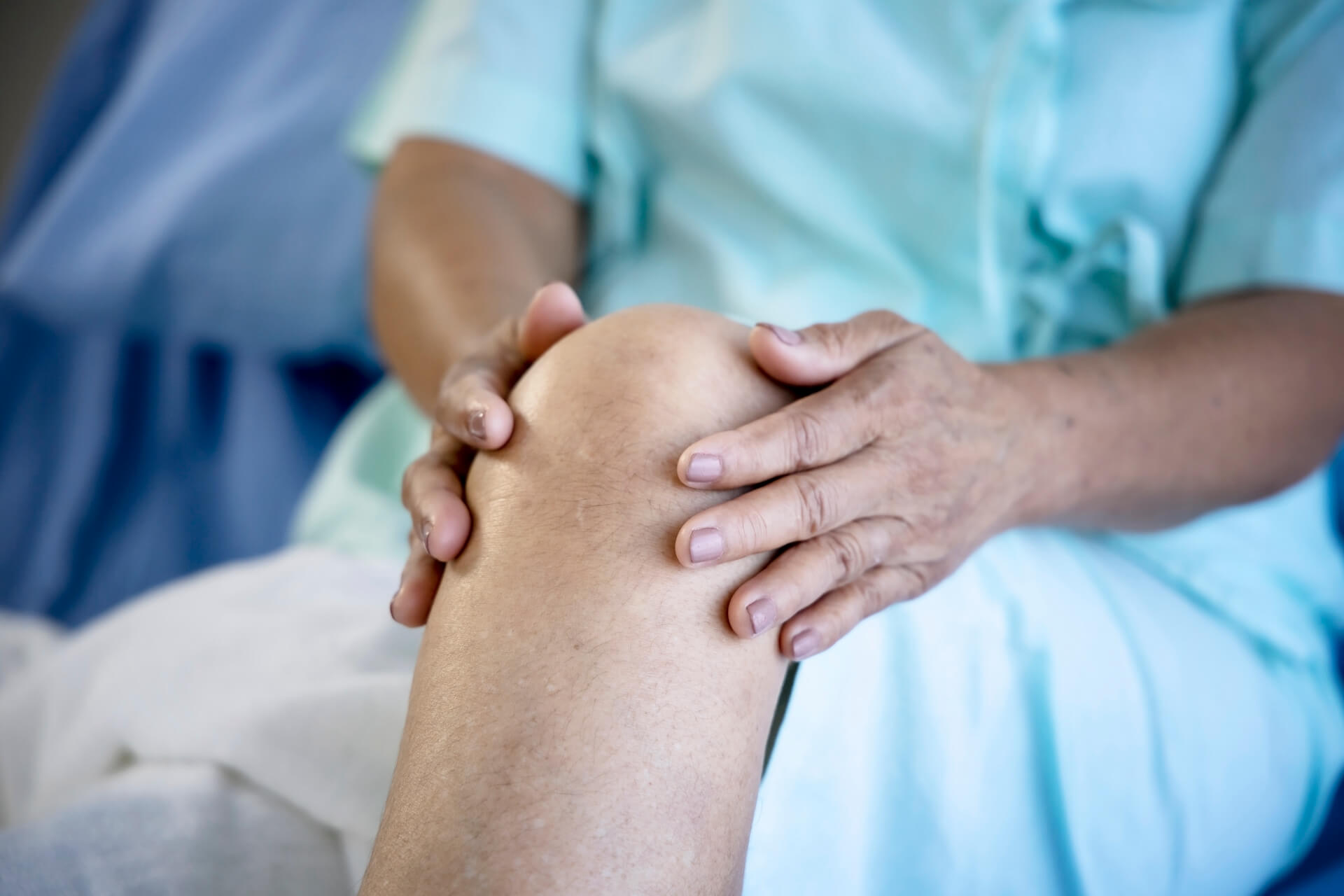Skin care for bedridden patients: 3+1 tips to prevent bedsores
Bedsores also called pressure ulcers and decubitus ulcers, occur when prolonged and constant pressure is applied to the skin. As the pressure limits the blood supply to the skin, the dendritic cells stop working and die. Being confined to a bed can add to the likelihood of developing pressure ulcers. Urine, sweat, and feces can cause damage to the skin which can make the healing process of pressure injuries longer for immobilized patients. Untreated and infected decubitus ulcers can lead to life-threatening health conditions. Skincare for bedridden patients is crucial to prevent bedsores.
What are the symptoms of pressure ulcers?
Unrelieved and prolonged pressure on the skin may cause decubitus ulcers. Based on the severity and the depth of the wound, pressure ulcers are divided into four stages.
Symptoms of stage 1 pressure ulcers may include:
- discoloration of the skin
- changes in the temperature of the skin
- changes in the consistency of the skin
- lack of blanching of the skin when pressure is applied
- unusual itchy sensation
Symptoms of stage 2 pressure bedsores may include:
- superficial, painful damage of the skin
- the injured top layer of the skin
- blisters filled with blood or a clear fluid
- discolored skin patches
- tenderness and skin swelling
Symptoms of stage 3 decubitus ulcers may include:
- deeper ulcer
- open wound extending to subcutaneous fat tissue
- burning sensation
- intense pain
- exposing deeper layers of skin
Symptoms of stage 4 pressure ulcers may include:
- severe pain
- deeper ulcer extending the tendon, muscle, or bone
- high risk of inflection
What are the common sites of decubitus ulcers?
Decubitus ulcers usually develop on skin that covers bony areas. Certain body positions are associated with a higher risk of developing pressure ulcers. For people who sit in a wheelchair, the most common sites are the backs of legs and arms, shoulder blades, spine, lower back, tailbone, and the bottom. For bedridden patients, the most common sites are the heels, hips, inner knees, bottom, lower back, spine, elbows, shoulders, back of the head, ears, and cheeks. Bedsores may form where medical equipment applies pressure on the skin for long periods.
How can bedsores be prevented?
A dermatological study, titled “Skincare and prevention of bedsores in bedridden patients”, concluded that specific skin treatment, posture changes, and other medical practices can play a crucial role in the prevention of pressure injuries.
“Prevention programs for bed sores must be based on the best evidence available and include a risk evaluation on these factors: suffering a lesion due to pressure, specific skin treatment, incontinence control, excessive humidity posture changes, and the use of special surfaces to manage pressure during an increase in mobility or activity by the patient, local pressure reducing devices as well as paying attention to special situations. All of these care measures have to be developed based on a continuity of treatment among the institutions and caretakers involved with treating each patient.”

Skin care for bedridden patients: 3+1 tips to prevent bedsores
1. Daily repositioning and skin inspection
Pressure ulcers can be avoided by frequently repositioning yourself. By shifting the weight from a certain skin area, you can improve the blood supply of the skin cells. Regular skin inspection by a medical expert can also lower the risk of developing severe bedsores.
2. Keeping the skin dry and clean
It is critically important to limit the sweat, urine, and stool exposure of the skin. Upholding the highest hygiene standards contributes to the prevention of bedsores.
Consider the following recommendations for preventive skin treatment:
- Help bathe the person as frequently as needed.
- Use a gentle pH-balanced cleanser or soap.
- Use luke water and wash the skin mildly!
3. Moisturizing
Applying moisturizers and special creams can make the skin more resilient. The dermolex skin regenerating gel can contribute to the prevention of bedsores. Carefully selected ingredients of the gel refresh and regenerate the skin exposed to long-term pressure. The gel formulation is rapidly absorbed and will not stain the clothes or the bed linen as it does not contain any colorings or fragrances. The product complies with Regulation (EC) No 1223/2009 on cosmetic products. It is a leave-on product, not to be rinsed when used as intended. The product was studied and evaluated by the Department of Dermatology and Allergology of the Medical and Pharmaceutical Centre of the Faculty of Medicine, Szeged University. The investigators concluded that dermolex gel was a useful complement to the therapy of bedsores.
+1. Pressure-relieving mattresses and cushions
Using soft, pressure-relieving padding in beds and wheelchairs can reduce the risk of developing pressure ulcers. Putting soft cushions under points of high pressure is a common medical practice. If the patient is immobile or unconscious then a caregiver’s help is required to adjust the padding.







